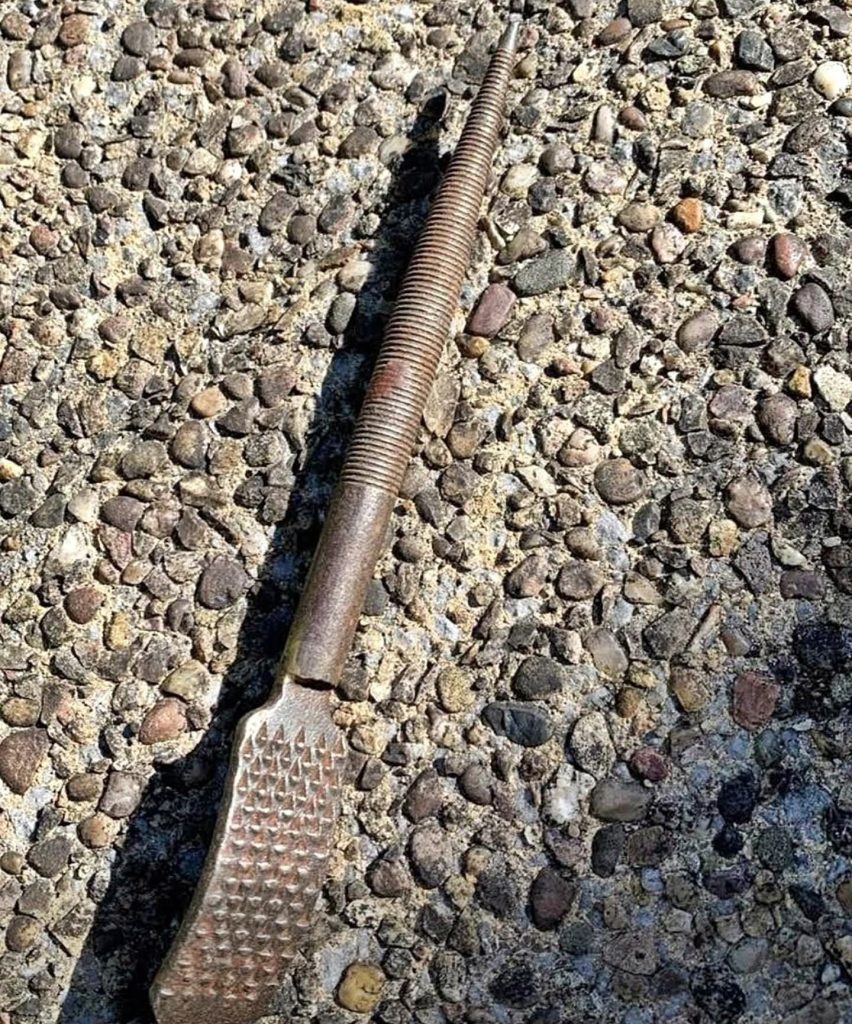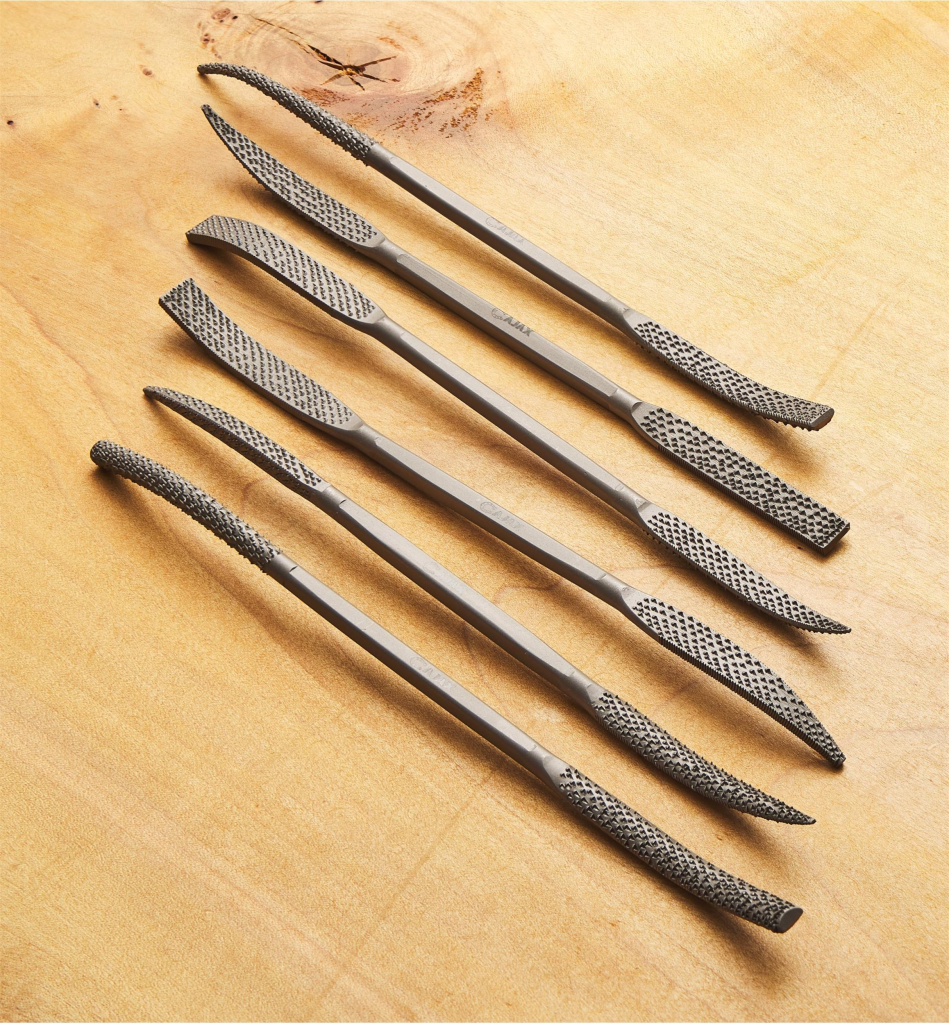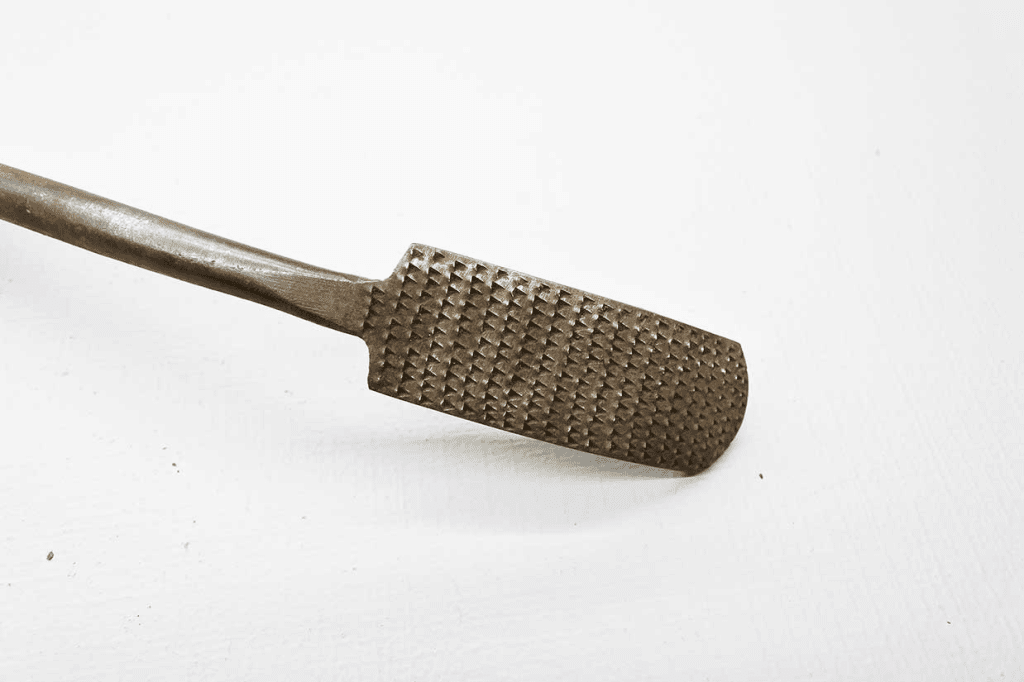The Forgotten Tool That Kept Tires Rolling: The Classic Tire Patch Buffing Tool
If you grew up watching mechanics in garages or following along on family road trips delayed by a flat tire, you might remember this small, unassuming yet essential tool. Today, it’s mostly obsolete, replaced by modern kits and machines—but for decades, it was the unsung hero of tire repair. Let’s explore the tire patch buffing tool, its history, function, and usage.

What Is a Tire Patch Buffing Tool?
The tire patch buffing tool, also called a tire rasp or tire sanding tool, was a staple in garages and roadside repair kits. Its primary function was to prepare a punctured tire for patching. By roughening the rubber surface around a hole, it ensured that glue and patch material adhered properly, preventing the repair from peeling off while driving.
Key features included:
- A flat, spiked head: Roughens the rubber at the puncture site.
- A long, threaded body: Fits on a hand tool or a hand-cranked machine for precision and leverage.
The tool created a textured surface that allowed the patch to grip firmly, making it indispensable for any serious tire repair.
Video : TECH Buffing Tools – Helpful Tips about Inner Liner Buffing
How Does It Work? Step-by-Step Usage
Using a tire patch buffing tool required skill and care. The process typically involved:
- Locating the puncture: Air testing or visual inspection identified the hole.
- Cleaning the area: Removing dirt and loose rubber ensured proper adhesion.
- Buffing the surface: The spiked head was pressed against the puncture area, roughing up the rubber for better glue bonding.
- Applying adhesive: Rubber glue was evenly spread over the roughened area.
- Attaching the patch: The patch was pressed onto the glued surface and often rolled for uniform contact.
- Testing the repair: The tire was inflated and checked for leaks.
Mechanics relied on the tool’s precision; even a minor misstep could compromise the patch, making this tool a symbol of craftsmanship.
Origins and Historical Significance
Tire patching emerged shortly after pneumatic tires became widespread in the early 1900s. Flat tires were common, and simple roadside repair kits became essential.

- Early 20th century: Mechanics used rudimentary rasps to prepare tire surfaces.
- Mid-1900s: The modern spiked tire patch buffing tool appeared, designed for hand use or mounted on small cranked machines.
- 1970s–1980s: Its use peaked in garages, bus depots, and trucking services, valued for durability and simplicity.
The tool’s long life was due to its effectiveness: no electricity required, minimal wear, and reliable results.
Where Was It Commonly Used?
The tire patch buffing tool was widely used in:
- Auto repair shops: Essential for repairing car and truck tires.
- Fleet maintenance: Bus depots and trucking companies relied on it to avoid downtime.
- Home garages: DIYers patched bicycles, motorcycles, and cars.
- Motorsports teams: Early racing teams used portable tools for quick tire fixes.
Its portability, affordability, and versatility made it a universal item for anyone serious about tire maintenance.
Video : Tire drilling and polishing speed
Why It Became Obsolete
Modern tire repair has evolved, rendering the manual buffing tool less common. New technologies include vulcanizing machines, chemical sealants, and pre-made patch kits. The main reasons for obsolescence:
- Speed: Machines and sealants repair tires faster than manual buffing.
- Safety: Manual use required care with spikes and hands-on pressure.
- Compatibility: Modern tire compounds often bond with adhesives without roughening.
Though largely replaced, the tool remains a nostalgic symbol for mechanics and collectors alike.
Cultural Legacy of the Tool
The tire patch buffing tool represents more than a repair device:
- DIY spirit: It embodied hands-on problem-solving before automation.
- Learning tool: Teenagers and apprentices learned precision and patience using it.
- Nostalgia: It recalls roadside garages, grease-stained hands, and the satisfaction of a successful repair.

Collectors value vintage tools, and museums occasionally showcase them alongside early tire patch kits.
Conclusion: A Small Tool With a Big Impact
The tire patch buffing tool may seem minor today, but its impact was significant. It enabled countless tire repairs, kept families safe on roads, and trained generations of mechanics. From its spiked head to its simple threaded handle, it shows that even small tools can make a big difference.
As technology progresses, these tools disappear, but they remain a testament to an era when skill, precision, and hands-on knowledge were vital. For anyone who patched tires or watched roadside repairs, the tire patch buffing tool is remembered not just as a tool, but as a symbol of automotive history that kept the wheels of the world turning.